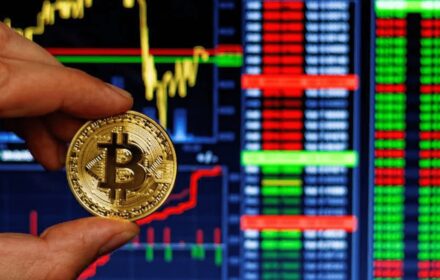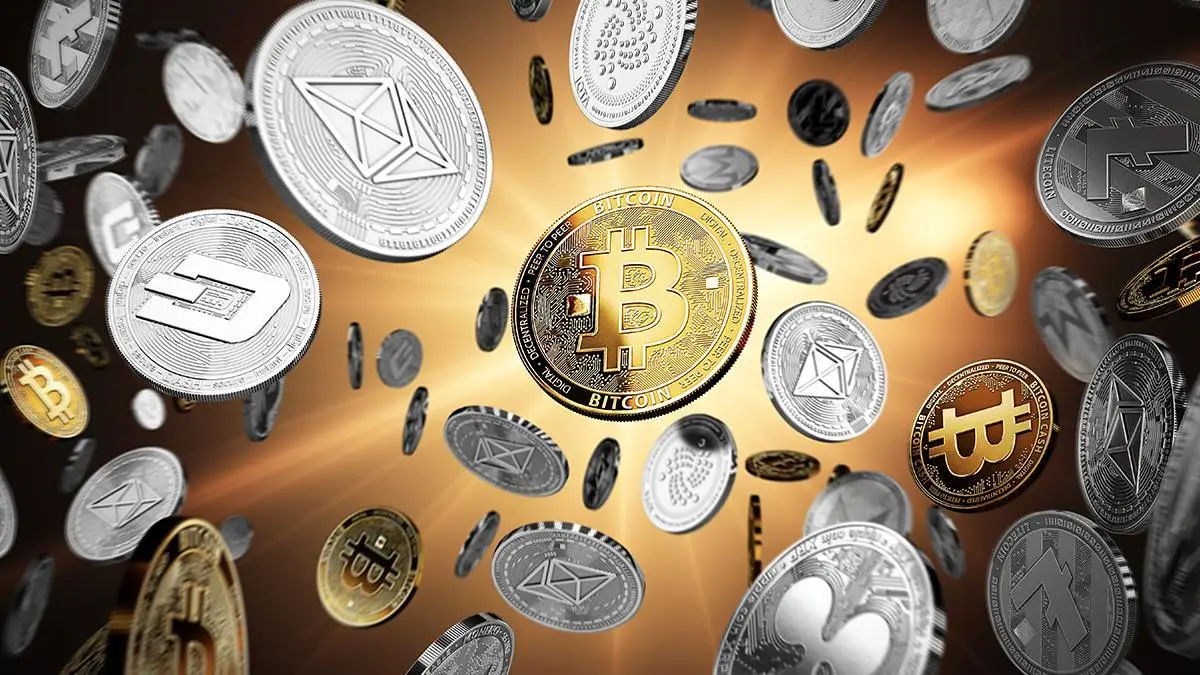In the financial scene of the 21st century, digital currency resembles a collider for rumors. Every day new theories, forecasts, fears, and certainties were born. Some saw Bitcoin as “digital gold,” others as an entry into financial apocalypse. But it’s the myths about cryptocurrency that have inflated the fog, confusing even the attentive investor. Below are concrete facts, figures, and arguments that shed light on reality from an unusual angle.
Cryptocurrency – a deception for the naive
A simple template fear: every project in the blockchain is synonymous with a financial pyramid. The reason – numerous scandals like the OneCoin scheme, which attracted over $4.4 billion from depositors in 175 countries. However, deception is not built into the technology. It arises at the intersection of greed, ignorance, and lack of control.
Blockchain utilizes decentralization, consensus algorithms, hashing, and cybersecurity, which are completely open to analysis. The transparency of transactions in Bitcoin, Ethereum, or Solana networks allows for verification of every movement. Stereotypes are fueled by weak financial literacy, not by blockchain code.
Bitcoin is outdated and unnecessary
In 2025, the Bitcoin network processed over 867 million transactions with a total volume of over $1.3 trillion. Despite claims that Bitcoin is outdated, it continues to increase its capitalization, infrastructure, and institutional recognition.
In the past year, second-layer solutions (Lightning Network) have been implemented, fees have been reduced, and scalability has been increased. Investments in Bitcoin ETFs from BlackRock, Fidelity, and other corporations dispelled speculations about its “unnecessity.”
Examples: in March 2025, BlackRock’s managed assets exceeded $18 billion. Myths about cryptocurrency ignore the fact that adaptation is happening deep within, not just on the surface.
Cryptocurrency is only for those who understand
Platforms like Coinbase, Binance, and Bybit have simplified entry for anyone interested. The interface, educational modules, demo accounts – everything is adapted to the format of cryptocurrency for beginners. Even transactions for small amounts are processed in seconds, in just a few clicks.
The complexity lies not in the technologies, but in the myths. The simplicity of working with wallets, clear investment courses, detailed analytics, and round-the-clock support eliminate the risk of “getting lost.” Myths create a barrier that no longer exists.
No control – complete anarchy
Panic about the lack of regulation is no longer relevant. In 2024, over 92 countries implemented or developed laws to regulate the crypto sector. In the US, the Digital Assets Transparency Act (DCTA) is in effect, in the EU – MiCA. These documents regulate exchanges, ensure user rights protection, and introduce rules against money laundering.
At the global level, the GFIN (Global Financial Innovation Network) operates, bringing together regulators from 70+ countries. Truth and myths about cryptocurrency diverge when numbers confirm a strict legal framework. Regulation has already ceased to be a “theory” – it has become a practice.
Myth: cryptocurrency is a toy, not an asset
Over the past 5 years, market liquidity has grown 3.7 times. The daily volume on Binance, Kraken, and OKX in March 2025 exceeded $220 billion. For comparison: the volume of all silver operations is about $14 billion. Such scale speaks to seriousness. Institutional players, hedge funds, banks, and tech giants conduct analysis and enter projects with millions.
Myths about cryptocurrency distort the real picture. The crypto asset market has become a separate ecosystem with a powerful infrastructure, stable volatility levels, and deep capitalization (over $2.8 trillion according to CoinMarketCap data in July 2025).
Blockchain – just a trendy word
Reality: the technology has long moved away from abstractions. Major companies use blockchain for logistics (Maersk), document flow (IBM), insurance (AXA), and content rights (Sony). The main principle is consensus, allowing for transparency and reliability without a centralized intermediary.
Projects like Filecoin, Arweave, or The Graph apply unique solutions working on real data. Algorithms ensure fair operation of all nodes, and hashing creates an immutable history of events. Stereotypes no longer withstand the facts.
Myths about cryptocurrency: what not to believe in crypto
Talks about crypto are often accompanied by clichés that do not stand up to factual verification. To avoid falling victim to misconceptions, it is important to distinguish reality from distorted interpretations.
Below are the main misconceptions to reject:
- All crypto projects are scams. Over 80% of new tokens do indeed lose capitalization, but this does not negate the reliability of major platforms.
- Blockchain is a toy with no application. It is already operational in logistics, medicine, document flow.
- Bitcoin is outdated. Institutional support, Lightning Network, and scalability continue to evolve.
- Cryptocurrency = anonymity. On the contrary, blockchain is transparent down to the byte.
- Fiat is more reliable. With inflation at 8-12% in some countries, crypto assets stabilize savings.
Each of these statements loses its power upon minimal analysis. The crypto market is not perfect, but it has long been based on real use cases, technologies, and regulated infrastructure.
Myths about cryptocurrency: conclusions
Myths about cryptocurrency are based on outdated views that no longer correspond to reality. The sector has moved beyond experimentation: regulators, auditors, and millions of users are working in it. Like bank cards and online services in the past, digital currency is going through an acceptance stage. It is not speculations that win, but verified facts and figures – and they are shaping a new financial reality.
 en
en  ru
ru  de
de  ar
ar  es
es  nl
nl  hi
hi  fr
fr  it
it  pt
pt  el
el 





